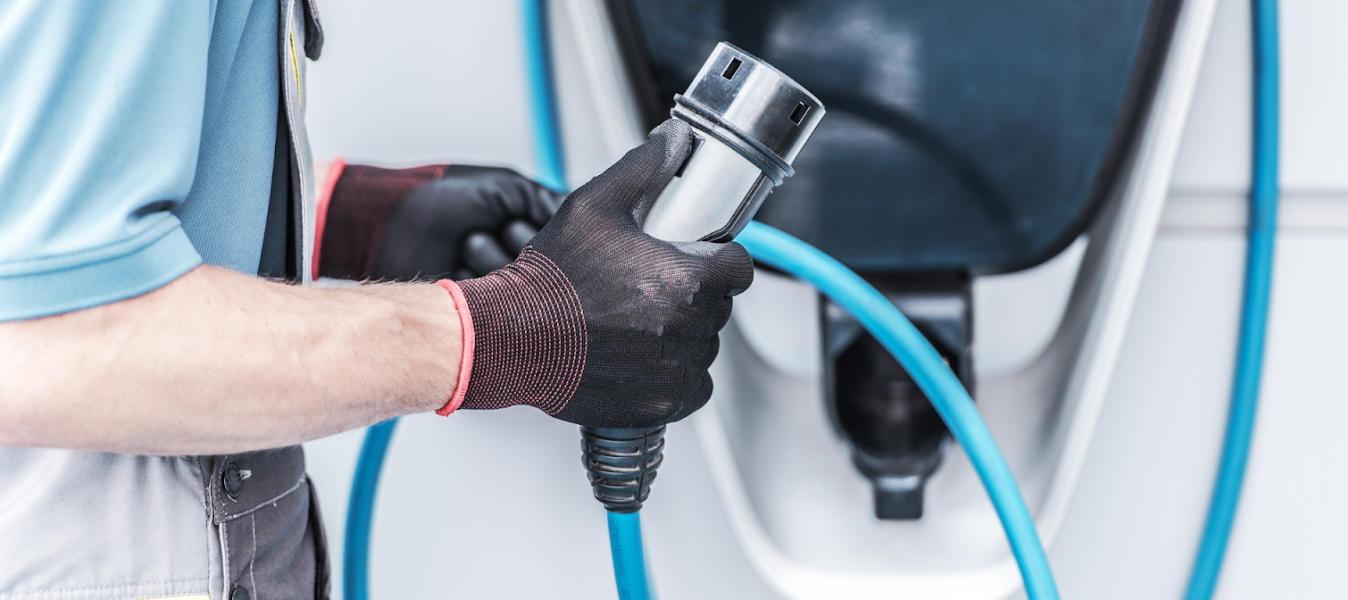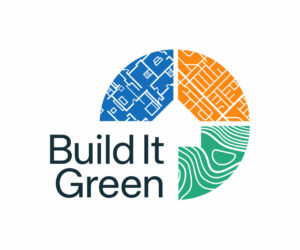Achieving California’s goal of carbon-free electricity by 2045 will be impossible without major changes in the residential sector. Luckily, the transition away from gas isn’t just environmentally beneficial; homeowners, renters, and property managers who go all-electric end up paying less in utilities and get to live in healthier spaces.
Electrifying our built environment holds major potential for increasing home affordability, improving the health of our neighborhoods, and mitigating the impacts of climate change. About 20% of greenhouse gas (GHG) emissions in the U.S. come from residential energy use, and an Energy and Environmental Economics(E3) study has estimated that retrofitting existing single-family homes could reduce their GHG emissions by anywhere from 30-60%. Analysis by the Rocky Mountain Institute (RMI) also shows that mandating 100% electric new construction in California would avoid three million additional tons of carbon in the atmosphere by 2030, which is equivalent to the amount of CO2 emitted from the annual energy use of 360,000 homes.
These reductions are essential to meeting California’s climate goals, but a move toward electrification will also be key in upholding the Biden Administration’s commitment to halving U.S. emissions by 2030. California already has a number of rebate and incentive programs in place, and the current administration’s support will open up even more resources for retrofitting affordable housing (and doing so in a way that mitigates racial disparities).
You may think of retrofitting as too expensive or more trouble than it’s worth, but transitioning away from fossil fuels in your home is an effective way to save money on your monthly utilities and improve the health of your home. Making the change will also reduce your electricity rates in the long run; as the gas system ages, the cost of maintaining it will go way up, and those costs will trickle down to renters, homeowners, and property managers who haven’t moved away from gas infrastructure in their homes and buildings.
So how much money can fully decarbonizing your home save you? The same E3 study suggests that electrifying just the HVAC and water heating in existing California buildings can cut costs by up to $300 a year in low-rise multifamily homes and $750 a year in single-family homes.
For multifamily properties in particular, retrofitting can serve as a key way to preserve unit affordability. The MacArthur Foundation studied 81 units with energy efficiency upgrades in Orlando, Florida, and found that an energy use reduction of just 22% saved tenants an average of $272 a year, for total electrical bill savings of $68,913 between all of the units.

Across the entire multifamily sector, the American Council for an Energy-Efficient Economy (ACEEE) estimates that energy savings of 15% and natural gas savings of 30% could cut multifamily households’ annual electricity and natural gas bills by $2 billion and $1.3 billion, respectively.
When it comes to new construction, the savings can be even greater. RMI research from late last year found that across seven cities in vastly different climates, it was always cheaper to build an all-electric home than its mixed-fuel counterpart. With new construction, the cost of extending gas lines (usually in the $5,000 to $10,000 range) can be completely avoided. New homes can also be set up with a single heat pump system for heating and cooling, which is hugely energy-efficient compared to more traditional infrastructure.
Transitioning away from gas also has major health benefits. In many homes, especially those in low-income communities of color, gas infrastructure has created indoor pollution levels that would be illegal if measured outdoors. A recent public health study from Harvard University estimated that air pollution from indoor fuel combustion was responsible for 1,500 premature deaths in California in 2017.
Getting rid of gas appliances in your kitchen can reduce nitrogen dioxide levels in your home by anywhere from 50-400%. A recent report from Australia’s Climate Council found that the asthma risk for children in homes with gas stoves is actually similar to the asthma risk associated with secondhand smoke, so making this change—as well as switching to electric space and water heating in the rest of your home—is a key way to avoid triggering respiratory health problems.
The all-electric transition would also be an economic boon, creating many more jobs than those lost in the transition away from gas. A UCLA study from 2019 estimated that completely electrifying California’s new and existing construction by 2045 could support over 100,000 full-time construction, manufacturing, and electricity generation/distribution jobs annually, even after accounting for lost gas extraction jobs.
Most people don’t have the money to retrofit their home or property all at once, so they choose to retrofit in steps instead.

If you’ve been interested in making the transition from gas to electric but are worried about the upfront costs, you’re in luck—a number of programs and resources are available to make the process more affordable for homeowners and property managers.
Technology Incentives
Looking into incentives and assistance programs offered by your utility provider is a good place to start. PG&E, SoCal Edison, and SoCal Gas all have Energy Savings Assistance Programs that offer free upgrades to homeowners and renters who qualify, as well as rebates on a number of energy-efficient appliances. These companies also have rebates available for multifamily property owners and managers, with SoCal Gas in particular offering incentives for whole building retrofitting.
Affordable solar
There are also solar installation incentive programs available for both single- and multifamily homes. If you’re a single-family homeowner, look into GRID Alternatives’ Energy For All and Disadvantaged Communities – Single-Family Solar Homes (DAC-SASH) programs, which respectively offer free solar for qualifying families and upfront incentives for installation. Property owners and managers can check out the Solar on Multifamily Affordable Housing (SOMAH) program, which provides incentives for PV installation on multifamily affordable housing.
Retrofitting Guide with DIY Options
Additionally, if you want a more comprehensive look at different electrification approaches and appliance costs, Redwood Energy recently released a retrofitting guide that includes smart suggestions for electrifying your home on a budget. For example, by taking advantage of existing wiring and doing the install yourself, you could invest in an induction cookstove, a plug-in convection oven, a portable heat pump, and an easy-to-install heat pump water heater for only $2,000 (less than their estimated cost for purchasing and installing just an electric stove).

Resiliency Initiatives
As climate change continues to intensify the extremity of weather events, self-generating energy systems will become a critical way to ensure the resiliency and comfort of your home. Having a backup battery ensures that you have power during an outage or shutoff, and can maintain access to essential loads, like cooling, during heat waves. Through the Self-Generation Incentive Program, SoCal Edison will mostly cover the cost of installing these energy storage systems for qualifying renters and homeowners.

Workforce Training
There’s always more to learn about electrification, decarbonization, and retrofitting, so it’s important for industry workers to stay as up to date as possible. Though PG&E Energy Centers isn’t offering in-person courses right now, you can still sign up for their free professional training webinars, borrow from their tool lending library, and check out their resources on energy efficiency and conservation. The Tri-County Regional Energy Network (3C-REN) also offers remote training on all-electric construction, and the New York State Energy Research and Development Authority (NYSERDA) has put together a comprehensive directory of free online clean energy training.
So long as you take advantage of the incentive and rebate programs out there, electrifying a home or property can be a viable option for anyone. And making the change comes with a slew of other benefits. You’re not only doing your part to reduce emissions, but you’re also taking steps to save money and improve the health of you or your building occupants.
The rebates and incentives described here just barely scratch the surface of what’s available. Check out this list to learn more about some other programs:


Alex Coba
Communication Associate
As a proud California native from Stockton, Alex brings a wealth of experience and a versatile skill set. He has a solid communication background with a Bachelor of Arts in Journalism and Public Relations from California State University, Chico. Alex is adept at strategic communications and media relations, with experience gathering and sharing stories from his local communities that uplift the unique spirit and values of those places. He is excited to join Build It Green, where he can apply his talents to further BIG’s mission to help communities across California thrive